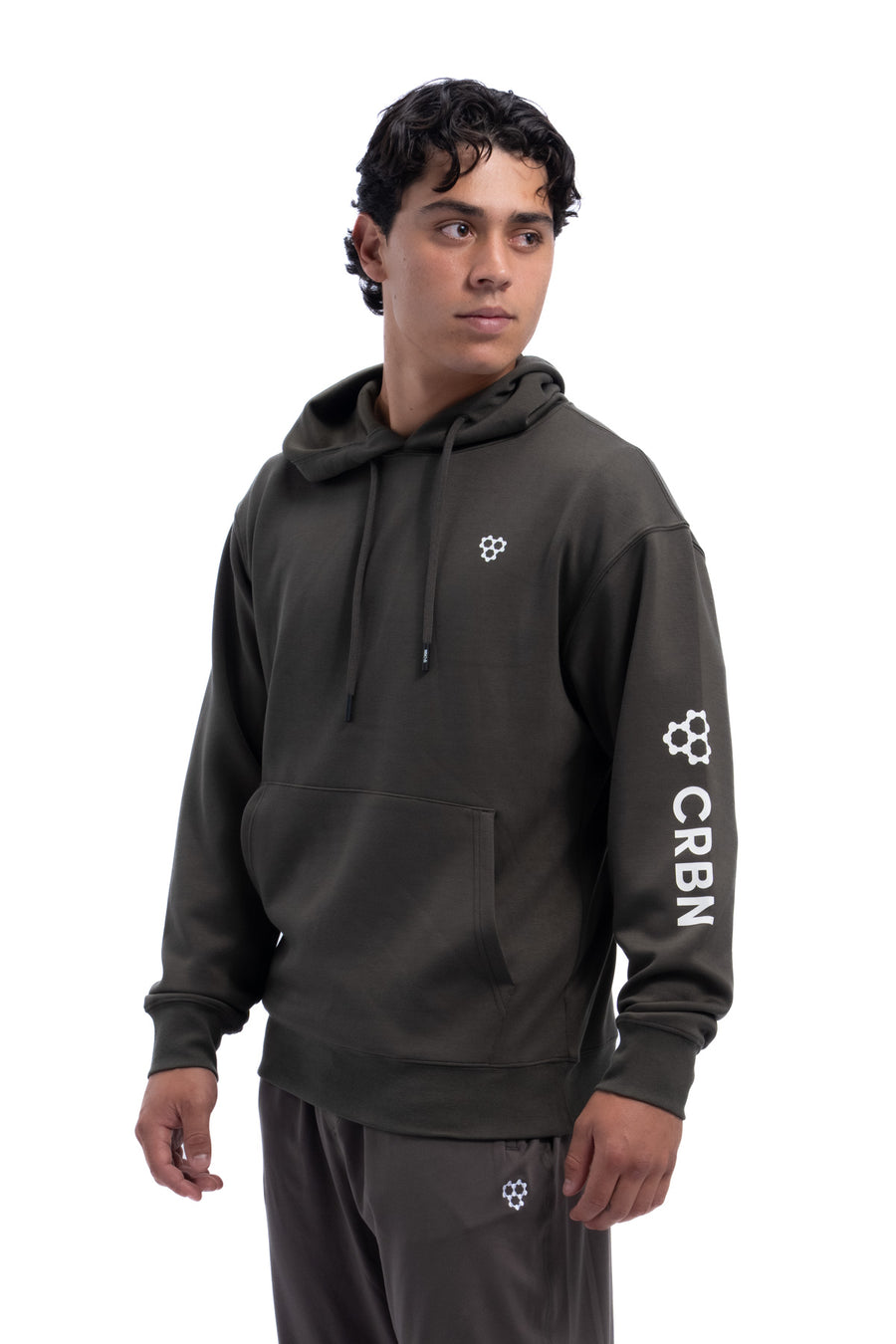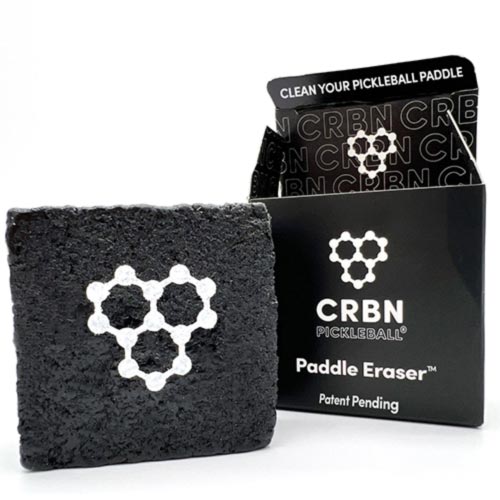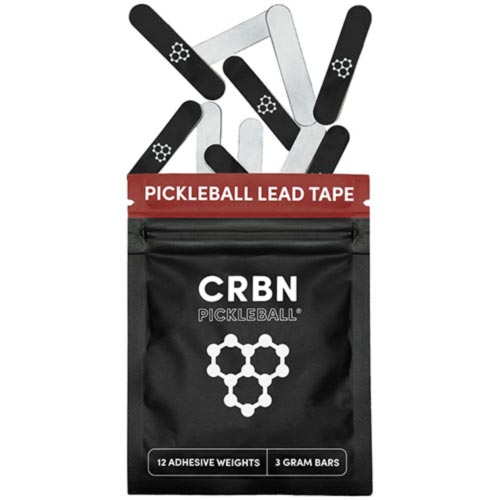The Pros Answer Your Pickleball Questions
For this special Pickleball Cheat Code episode, Brodie Smith and Tanner Tomassi flip the script—answering real questions from listeners and followers.
From drilling habits to footwork secrets to how hard you should really swing, this Q&A covers the things most players wonder about but rarely get to ask pros directly.
If you’ve ever struggled with confidence, footwork, or finding the right coach, this one’s packed with gold.
1. “I’ve Been Playing for a Year—How Do I Get Better?”
Answer: Drill. Then drill again.
Brodie and Tanner both agree: consistency comes from repetitions, not just matches.
Tanner’s Rule: “If a shot comes to you and you think, ‘Oh no, I don’t want to hit that,’ that’s exactly the shot you need to drill.”
Look up targeted pickleball drills for your weak spots—Tanner’s YouTube channel is a great start. A year of playtime is plenty, but only if you’re drilling with intention.
2. “How Do I Nail the ATP and Ernie?”
ATP (Around the Post):
-
Let the ball get wide—don’t rush it.
-
Cross-step with your inside foot and carve shape (“banana” arc) around the post.
-
You’re not trying to crush it—just get it in with margin.
Ernie:
-
Cross-step your opposite leg and plant with balance.
-
Avoid flying through the shot—control your momentum.
-
Set it up with a line dink or a partner rolling cross-court.
-
Even just flashing the Ernie keeps opponents honest.
Pro Insight: “Flash early in the match so they know you can do it. That’s how you create pressure before you even swing.” – Brodie
3. “When Should I Speed Up vs. Aggressive Dink?”
Both pros agree: start the match with aggressive dinks, not speedups.
Aggressive dinks apply pressure and set the tone without risk. Once you’ve conditioned your opponents to expect that soft roll—then speed up.
Brodie puts it simply: “You could play a whole match hitting only aggressive dinks and never need to speed up once.”
4. “When’s the Right Time to Go for a Body Bag?”
There’s an art—and etiquette—to the body bag.
Tanner’s Tips:
-
Only go for it if your opponent is crowding the line.
-
Aim low and safe (chest or hip height, never above).
-
Short backswing, about 65–70% power.
-
Surprise and deception matter more than brute force.
Brodie adds: Watch for lazy paddle positioning. If your opponent leaves their chest open or sits in forehand-only stance, it’s free real estate.
5. “My Partner’s Slow Coming In—What Do I Do?”
Take control of the first ball.
-
Handle the third shot yourself if needed so your partner can move forward.
-
Flash early to force attention off your teammate.
-
Stagger slightly if your partner’s slower so they can catch up.
And remember—pressure and chaos are your friends. Movement alone can change where your opponents aim.
6. “How Do I Handle Deep, Hard Returns?”
Go drive-drop combo.
Step 1: Drive the next ball hard—this neutralizes pace.
Step 2: Drop the following one soft—this buys you time to move in.
Brodie: “That first drive isn’t to win the point—it’s to earn an easier fifth shot.”
7. “How Do I Learn to Swing at 70%, Not 100?”
You’re not alone. Everyone overhits when they’re tight.
Tanner’s Fix:
-
Take deep breaths between points.
-
Slow down mentally before you swing.
Brodie’s Analogy: “Think like a boxer—short jabs, not haymakers. Everything compact, calm, and in front of you.”
8. “How Do I Find a Good Coach?”
Not all coaches are equal.
Brodie’s Rule of Thumb:
-
Don’t trust titles. Being a 6.0 doesn’t automatically mean great coaching.
-
Ask your community. Word of mouth and recommendations beat club ads every time.
-
Network locally. Facebook groups, tournaments, and drill sessions are where you’ll find hidden gems.
9. “Do You Listen to Music While Drilling?”
Tanner: Only if someone else brings it—usually pop remixes.
Brodie: Hip hop and rap all day, but never before a tournament match.
The takeaway? Music is great for loosening up during drills, but match prep should mimic real conditions—no distractions, just court sounds and focus.
Final Word: Keep Asking Questions—and Keep Drilling
This Q&A proves it: everyone’s trying to solve the same puzzles. Whether it’s balance, tempo, or mindset, the pros are still drilling the same fundamentals—they’ve just put in more mindful reps.
So the next time you’re frustrated or unsure what to practice, remember Tanner’s advice:
“If a shot makes you nervous, that’s your next drill.”
🎧 Listen to the full Pickleball Cheat Code episode on Spotify or Apple Podcasts.













